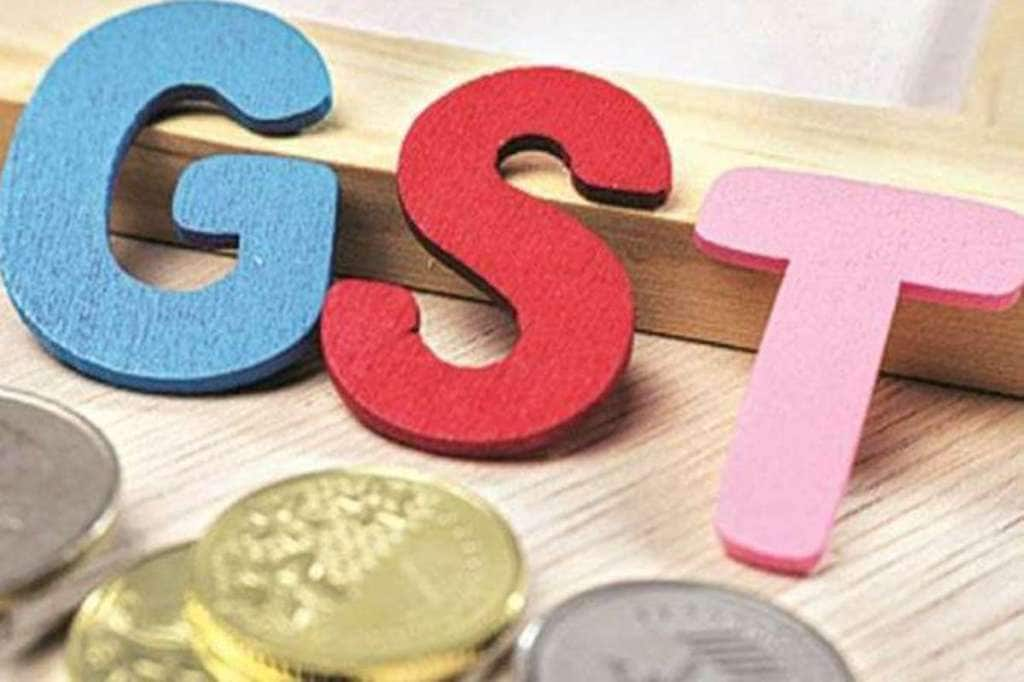Gross goods and services tax (GST) collections came in at Rs1,30,127 crore in October (September sales), the second highest mop-up in the history of the comprehensive indirect tax that was launched in July 2017. This, coupled with a sustained trend of rise in the number of e-way bills (inter-state trade) and GST returns for several weeks through October, bears testimony to a rise in consumption and a marked increase in tax compliance, though partly at the cost of the businesses in the informal sector, a section of which has perished.
The revenues for October are 24% higher than those in the same month in FY21 and 36% over the level in the corresponding month in FY20.
The highest monthly GST collections was recorded in April 2021, at Rs 1.4 lakh crore, but that was aided by the year-end pattern of tax settlement by the businesses. An important feature of GST receipts that gives further credence to the notion of it reflecting economic recovery is that during October, revenues from import of goods was 39% higher and the revenues from domestic transaction (including import of services) are 19% higher than the revenues from these sources during the same month last year.

A sharp rise in imports, which is also corroborated by separate data on foreign trade released by the commerce ministry, is indicative of an incipient rise in capacity utilisation by companies, given that the import surge is also caused by inflows of raw materials and intermediate goods.
Stating that the GST collections trend has been “very much in line with” economic recovery, the finance ministry said in a statement: “This is also evident from the trend in the e-way bills generated every month since the second (Covid) wave. The revenues would have still been higher if the sales of cars and other products had not been affected on account of disruption in supply of semi-conductors.” The second-quarter results being posted by Corporate India show that capital goods firms are witnessing good order inflows, perhaps pointing to incipient revival of investments by companies.
The ministry said: “In addition to action against individual tax evaders, this (rise in GST revenues) has been a result of the multi-pronged approach followed by the GST Council. On one hand, various measures have been taken to ease compliance like nil filing through SMS, enabling Quarterly Return Monthly Payment (QRMP) system and auto-population of return.
On the other hand, the Council has also taken various steps to discourage non-compliant behaviour, like blocking of e-way bills for non-filing of returns, system-based suspension of registration of taxpayers who have failed to file six returns in a row and blocking of credit for return defaulters.”
It added: “Number of returns (GSTR-3B) of every month/quarter by the end of next month is a good parameter indicating timely payment of returns and filing of returns. After last date of filing of returns, special efforts are undertaken to ensure compliance by the end of the month in form of messaging by GSTN and close follow up by the Centre and State tax administration. … upward trend in percentage of returns filed till the end of next month clearly indicates that timely payment of taxes has been increasing over a period of time due to policy measures and administrative efforts.”


